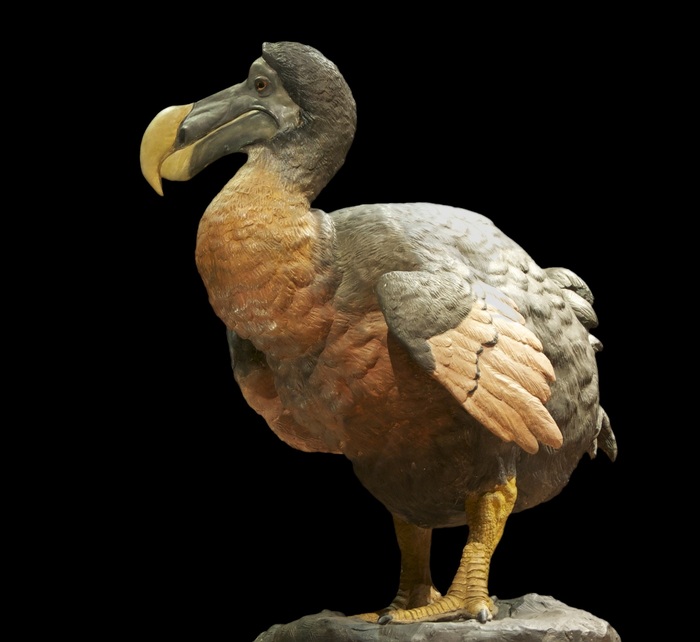After the Tasmanian tiger, the new target of the de-extinction program of the American company Colossal Biosciences is the dodo, the large flightless bird that inhabited the island of Mauritius and disappeared in 1600 with the arrival of European colonizers.
To bring it back to life, the American company will invest 225 million dollars but will still have to overcome many challenges to improve genetic editing techniques based on Crispr technology.
Popularized in books and films, with its funny appearance as well as the name itself - which would derive from the Portuguese doudo to indicate simpleton, i.e. easy to hunt - the dodo populated the island of Mauritius but its population decreased rapidly with the arrival of Europeans, probably due to the reduction of its habitat and the introduction of alien species, such as cats, rats and pigs.
Symbol of the destruction caused by man, the dodo could now be brought back to life, or more precisely de-extinct, thanks to the new project of Colossal Biosciences, a company founded by geneticist George Church.
Colossal had already made headlines for the Tasmanian tiger and hairy mammoth de-extinction program, on which researchers have set a goal of giving birth to one in 2027, now it has embarked on an ambitious new project.
To be able to bring the extinct bird back to life, however, it will be necessary to win new and more ambitious challenges, unlike other animals, it is not in fact a mammal.
The researchers' plan is to start from the dodo's closest relative, the Nicobar pigeon, from which to grow specialized primordial germ cells (PGCs) and modify their genetic sequences - using the Crispr technique - to 'restore' the dodo's genetic code.
The new sequences should then be inserted into embryos.
An enormous challenge that will help to improve genetic techniques but whose concrete advantages are still unclear: "Wouldn't it be better to spend that money - commented in Nature the director of the Foundation for wildlife in Mauritius, Vikash Tatayah - to restore the '

